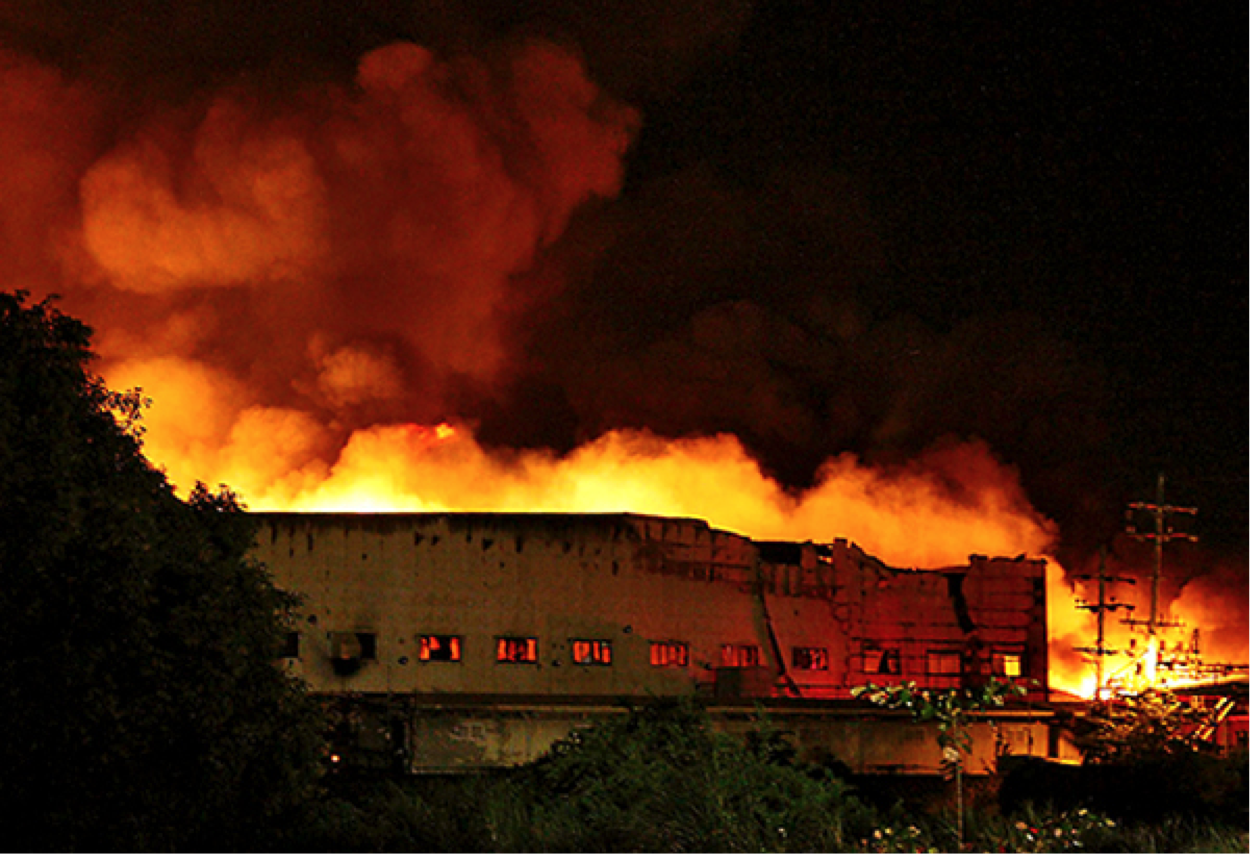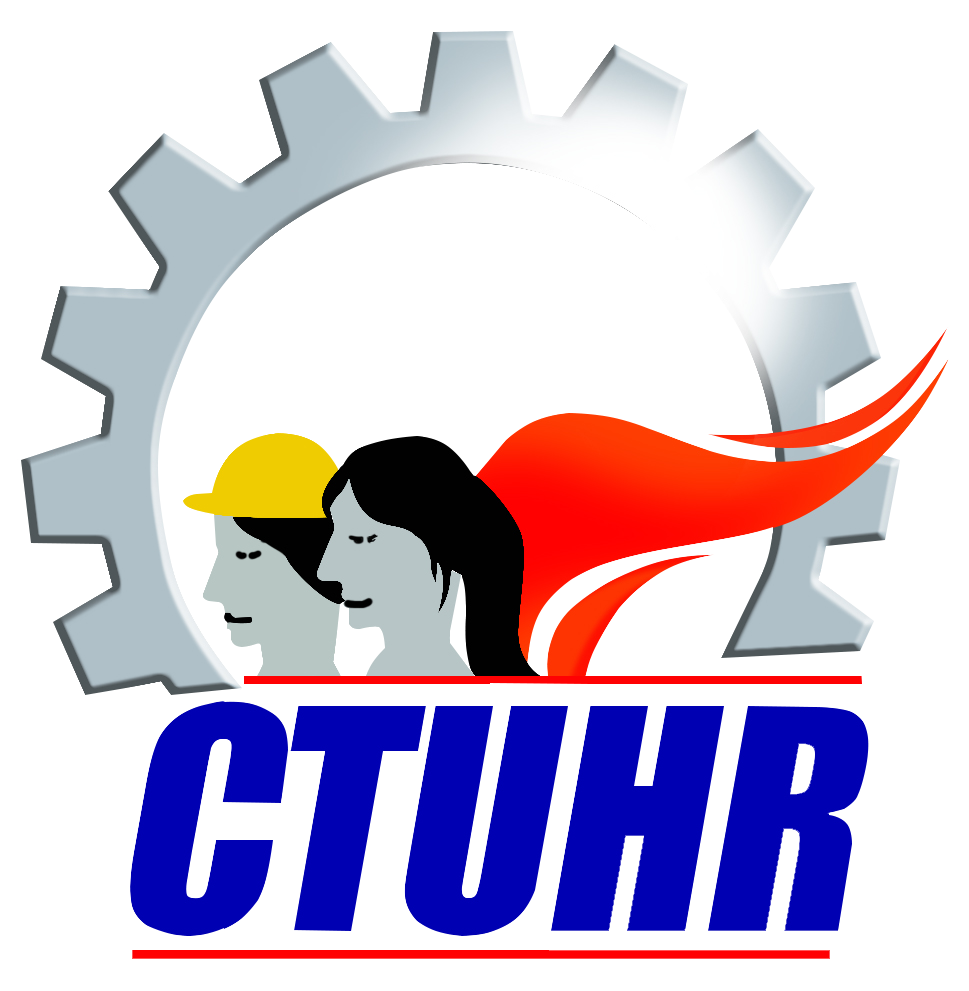Statement of the National Fact Finding Mission on the HTI tragedy

In light of the apparent information blackout concerning the fire that devoured the House Technology Industries main building (HTI) inside the Cavite Export Processing Zone, various labor institutions and people’s organization initiated a National Fact Finding Mission to probe the extent of casualties, the circumstances of the incident and possible labor standards violations that resulted in one of the worst workplace tragedies in history.
The initial findings of the Quick Response Team on February 2 and the NFFM conducted on February 4 and 5, indicate the following:
- There remains a public doubt on the statement issued by Cavite local government as to the number of injuries and zero casualty, prior to the death of Jerome Sismaet. Majority of the survivors and witnesses interviewed by the NFFM team claimed that there were more workers trapped and feared to have died inside the HTI building. Others said that they either saw or even crawled over dead bodies of co-workers as they were escaping from the burning building. This is in consonance with the testimonials of survivors interviewed by the media. The actual number of workers trapped and feared dead inside the building remains unconfirmed as the company, the Cavite local government unit, PEZA, and DOLE have all failed to impart official records to the media and the public.
- According to the survivors, witnesses and workers who were off-duty but were at the compound, the fire started around 6 PM when a panel machine sparked in the second floor, reached and caught fire from the sawdusts scattered in the production area.
- The fire quickly spread as the vacuum used for absorbing sawdust, absorbs the flaming dust instead. It only took two minutes for the fire to reach the flammable chemicals inside, thick black smoke covered the entire building followed by explosions. Workers note that some of the chemicals used in the production in 2nd floor are hydraulic oil, sealant, thinner, paint, 100%alcohol, and other volatile chemicals for casting and curing. Moreover, there are also accounts of the burning fire exit close to where the fire started, while others claimed of locked exits at the other end.
- It was also noted that during the fire, the workers got out through the two main staircases used as the regular employees’ entrance to and exit from the building. The stairs, survivors noted were 1.5-2 meters wide and too narrow to accommodate the huge number of panicking employees desperately trying to get out of the burning building. Thus, most of them were forced to break the windows and jump from the third and second floors, including a pregnant woman. There were more women workers in the third floor working the quality control/checkers and balcony. The LGU announced that all workers were accounted for, or are they only regular workers of HTI? What about the agency-hired workers?
- There is an atmosphere of fear and intimidation among HTI workers as they remain unusually silent and hesitant to speak about the circumstances of the tragedy. The NFFM learned that HTI management asked the workers to report to one of the company building close to CEPZ Gate 5 for headcount and “orientations” on February 2, and went on until February 4. Survivors and witnesses affirm that they were indeed called to report. However, upon timing-in, they were told not to talk to anyone and withhold any information about the fire. A worker interviewed who claimed having photos of the fire and the bodies presumed dead being taken out of the building was instructed to erase the photos and videos from the mobile phone. Other workers corroborated this but requested complete anonymity for fear of losing jobs or any form of reprisal.
- Since February 1, the management of HTI, PEZA and the LGU barred the media from entering the CEPZ. The LGU was the only one speaking about the incident. The two hospitals where the injured are confined have restricted entry and access to victims and information was limited to hospital official bulletins. On the afternoon of February 4, the NFFM team member said that media were finally allowed to enter the HTI compound but were instructed to remain inside their vehicle and barred from communicating with anyone on site. During this period, Cavite Governor Boying Remulla announced that it would take two weeks to map out the building complex and the need for more manpower and heavy equipment like cranes and bulldozers for the clearing operations, alluding that SOCO investigation will proceed afterwards. Such clearing operation will tamper the scene and cast more doubts on the credibility of their own investigation.
- HTI management and authorities kept the public guessing about the company’s total workforce as they refuse to release the official records. Accounts gathered during the interviews, revealed that the workers are mostly young, ranging from 18-35 years old. There are around 8,000 regular out of the 13,000 employees while the remaining 5,000 are contractual, casual, or agency-hired. Most interviewees who are regular workers attest receiving mandated wage, but a contractual of three years under one of 6 manpower agencies said he is only paid P200/day and pays P180 for his uniforms.
The initial findings of the NFFM suggests that there is an apparent attempt on the part of the HTI management, the PEZA and the Cavite LGU to hide the actual number of casualties and the possible OHS and labor standards violations.
Having said the above, the NFFM recommends an immediate, transparent, truly independent and impartial investigation on the HTI tragedy free from intervention by the HTI management, PEZA and Cavite LGU to lend credence to the result. To the very least, the investigation must pave way for full and complete disclosure of casualties so that justice can find its course.
The full report of the National Fact Finding Mission will be released in the next few days. The NFFM is composed of Center for Trade Union and Human Rights (CTUHR), Workers Assistance Center (WAC), Institute for Occupational Health and Safety for Development (IOHSAD), Ecumenical Institute for Labor Education and Research (EILER), KARAPATAN, BAYAN, AlterMidya, MIGRANTE, GABRIELA, Kilusang Mayo Uno, and community volunteers.###
